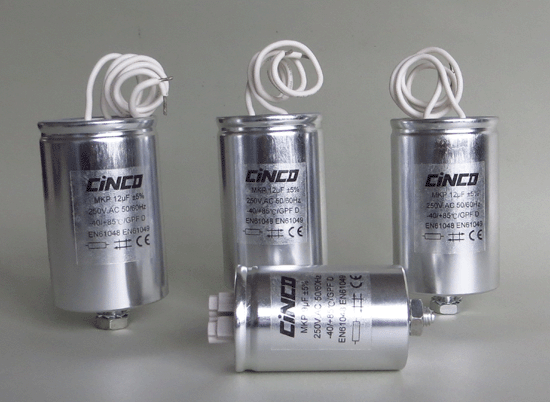How does the lighting capacitor work?

How does the lighting capacitor work?
lighting Capacitor, a device that functions as a very small battery inside a circuit. At it’s most basic, a capacitor consists of two sheets of metal separated by a thin insulating sheet called the dielectric. A small bit of electricity is stored in the metal sheets when a voltage is applied across the capacitor. When the voltage is lowered, the capacitor discharges its stored electricity. Capacitors are some of the most useful electronic components and are used in everything from computer memory to automotive ignition.
Before you can understand how lighting Capacitors work in fluorescent lightings, you need to know a few things about the lightings themselves. A fluorescent lighting is a tricky thing to control. It has electrodes at either end and works by sending current through a gas between those electrodes. When the lighting first turns on, the gas is resistant to electricity. Once the electricity starts to flow, however, the resistance rapidly drops, making the current flow quicker and quicker. If nothing were done to control the speed of the current, so much electricity would flow through that it would heat up the gas too much and cause the bulb to explode.
The ballast controls the current flowing through the valve, and the Capacitor makes the ballast more efficient. The simplest ballast is a coil of wire. When electricity flows into the coil, it creates a magnetic field. That field resists the flow of electricity, stopping it from building. The electricity that powers a fluorescent lighting is AC or alternating current. That means that it switches directions many times a second. When the electricity is changing direction, the moving magnetic field in the coil slows it down. When the electricity starts to build, it is already changing directions again. The coil always stays one step ahead, keeping the electric current from building too much.
The coil does have a cost, however. Electricity has two measurements: voltage and amperage — also known as current. The voltage is a measure of how hard the electricity is pushing, and the amperage is a measure of how much electricity is flowing through the circuit. In an efficient AC circuit, voltage and current are in phase — they increase and decrease together. When the voltage pushes into the ballast, however, the ballast initially resists the increase in current. This causes the current to lag behind the voltage, making the circuit inefficient. The Capacitor is there to make the circuit more efficient by bringing the two back in phase.
When the voltage increases, the Capacitor absorbs a little of it. That means that there is a slight delay before the voltage gets through the circuit, pushing it back into phase with the amperage. When the voltage drops again, the Capacitor spits a little bit of stored voltage back out. That creates a slight delay before the voltage drops, again syncing it up with the amperage. The role of the ballast is not glamorous, but it is important. If it is not precisely calculated, the circuit can waste a lot of power.


